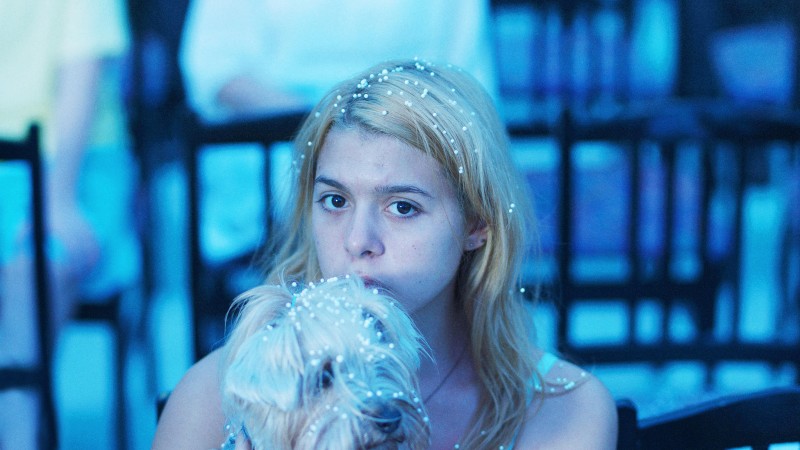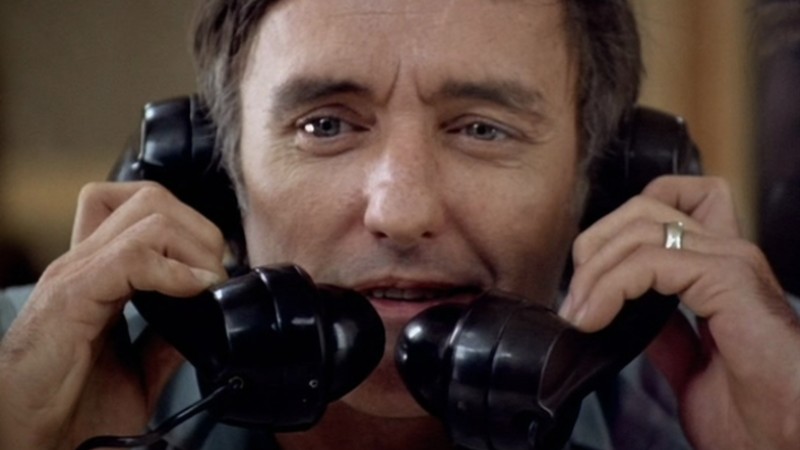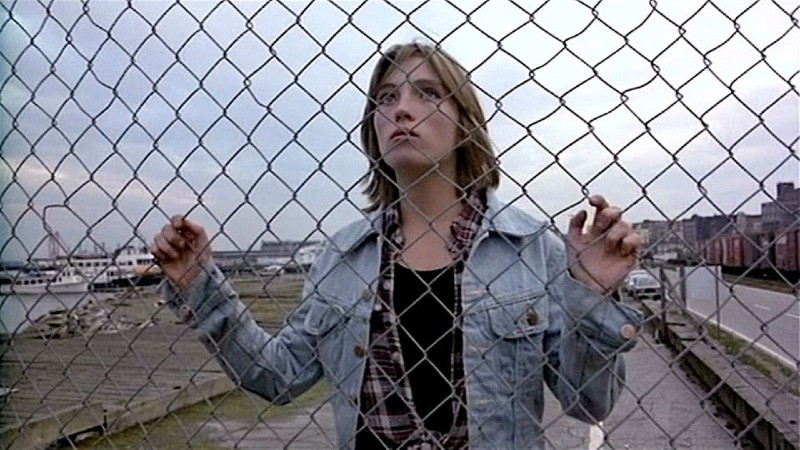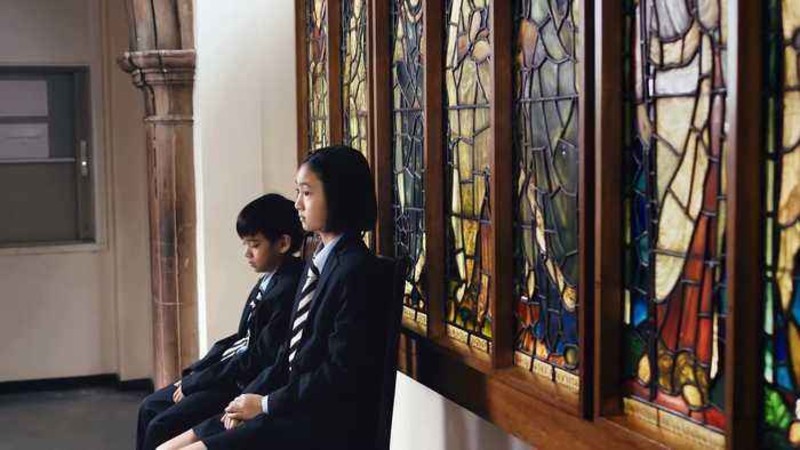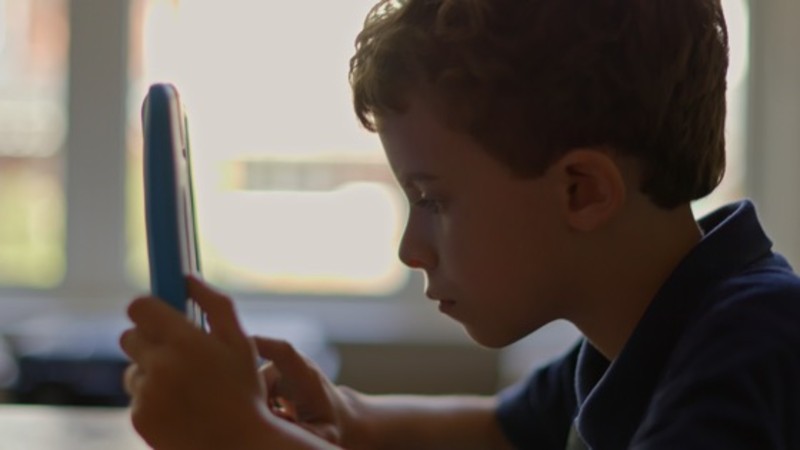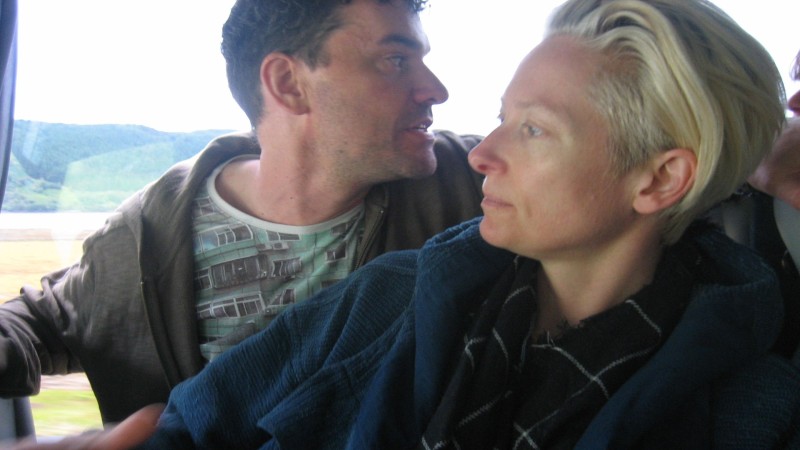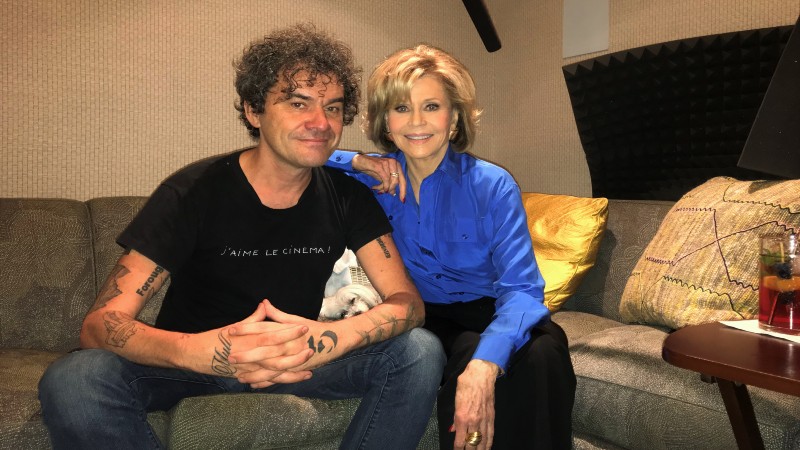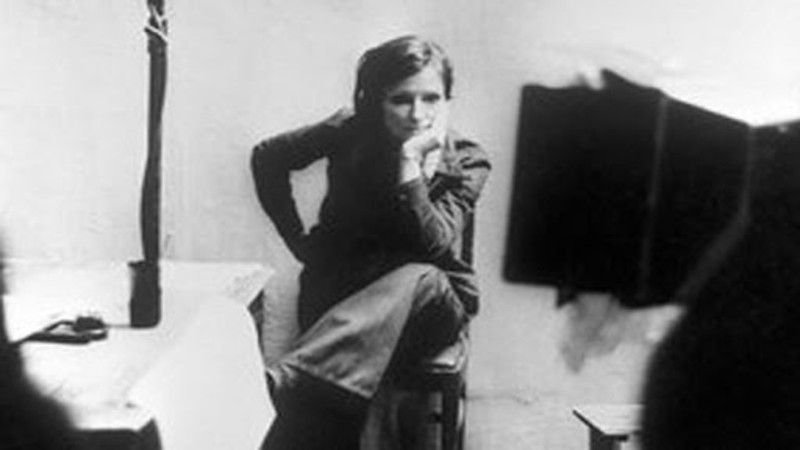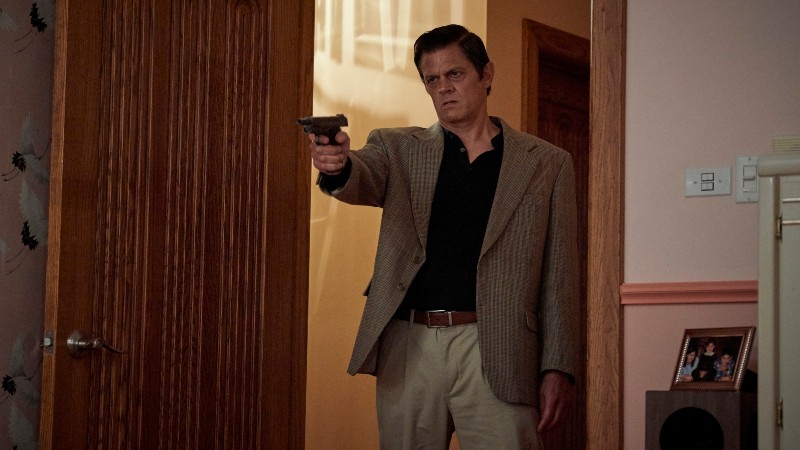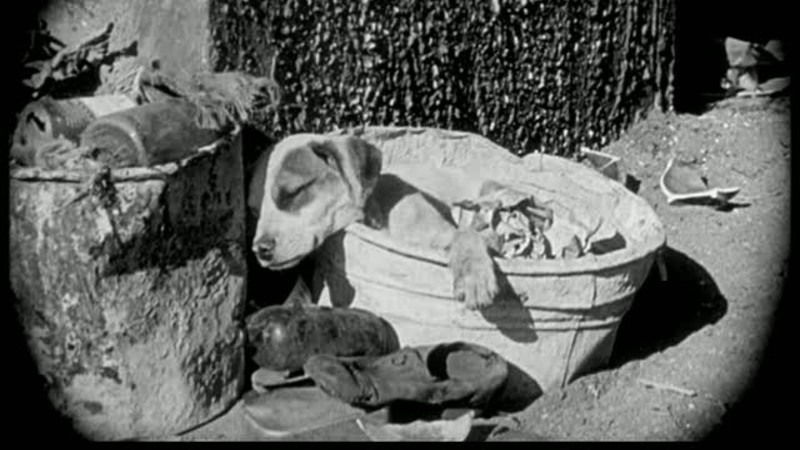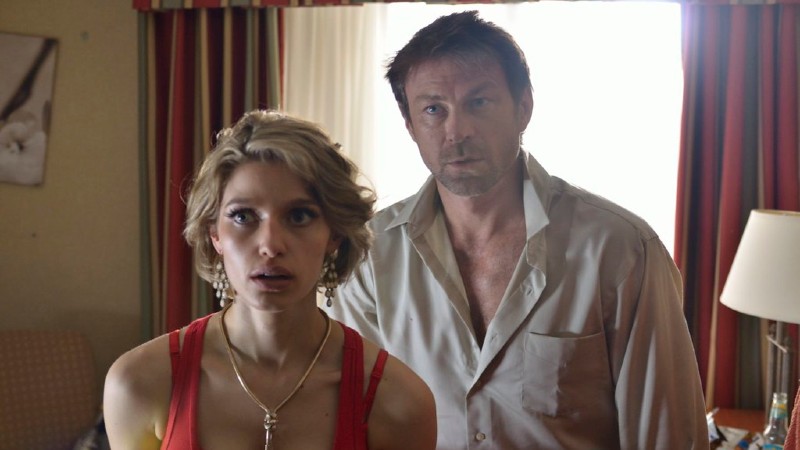Dennis Hopper’s third directorial movie, Out of the Blue, which was released 40 years ago this year and still resonates as a vital moment in independent cinema. John has been involved in the financing, production, sales, and marketing of films such as The Wicker Man (Robin Hardy, 1973) and The Haunting of Julia (Richard Loncraine, 1977) as well as many producer credits on films such as The Getaway (Roger Donaldson, 1994), and took directorial and screenwriting duties on the Philip K. Dick adaptation Radio Free Albemuth (2014).Before his involvement in the film industry, John was a journalist and film critic, with the New Orleans Times Picayune and editor-in-chief of New Orleans Magazine.
In this interview, John discusses his career and his personal recollections of Dennis Hopper’s life and times and the production, release and restoration of Out of the Blue with his production company, Discovery Films. This is an edited version of the conversation; the full audio can be heard right here:
.
Stephen Naish – Firstly, I want to tell you that my own copy of Out of the Blue is a barely watchable rip of a VHS version. If any film needed a restoration, Out of the Blue is it! What drew you to want to restore this film?
John Alan Simon – Out of the Blue is a movie I’ve been involved with for almost 40 years. It was a shelved film when I first saw it. I’d had the experience of successfully distributing The Wicker Man, which I had seen when I was film critic for the New Orleans Times-Picayune, and then a partner and I managed to get the rights to restore and release it, restore in the sense that there had been cuts made against the director’s wishes, and we were able to, in some fashion, reconstruct it.
As a result of the successful release of The Wicker Man, I was deluged with lost or unloved movies to look at. Time Magazine had done a full-page article on me and my rescuing of movies like The Wicker Man and another one called The Haunting of Julia. In any case, I remember exactly the time and place of watching Out of the Blue, alone in a small screening room and I practically fell out of my chair. I thought it was amazing.
There was a lot of difficulty between the producers and financiers of the movie because when the original director was fired and Dennis Hopper took over, as an American, the movie lost it’s Canadian certification for tax purposes, and went from a sure financial winner to a sure loser, and though it played in Cannes as an official selection, it played as a movie without a country. It was also considered very bleak and despairing and dark and uncommercial, but I loved it and I was willing to bet there were more people like me than the ordinary film distributors of the day thought.
I reached out to Dennis, and he and I had lunch and it was an auspicious beginning because he came up to my little office in Beverly Hills and said “Oh wow, man, this is where our production offices were for Easy Rider (Dennis Hopper, 1969)”. So, it was an immediate synchronicity, and I said to Dennis “I’m not going to it without your help”. We got Jack Nicholson to do a radio spot for the movie, because Dennis had told me how much Nicholson loved the film and we opened in Boston’s Coolidge Corner Cinema and broke the house record.
Dennis and I spent a lot of time together and he was very encouraging to me as a would-be filmmaker. I knew I was a writer and could write, but I really had a lot of qualms about directing and he said he’d teach me. He really was a very generous mentor and he taught me a lot about acting that influenced me later on my first film as a director, which was Radio Free Albemuth, an adaptation of a novel by Phillip K. Dick.
Back in 2010, the prints we had of Out of the Blue were getting worn and I was approached by La Cinémathèque française about restoring the negative of the movie, which was something we’d really wanted to do. The negative was in decent shape, so, along with help from The Thompson Foundation, I supervised the restoration of the 35mm negative and we were able to create two new prints, one of which we gave to La Cinémathèque française for screenings in Europe and the other which we used in the United States.
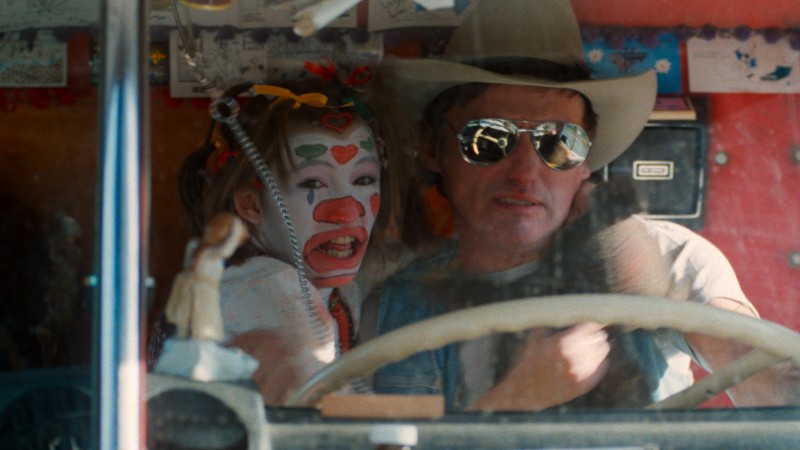
SN – Tell me about the process of restoration?
JAS – We did a lot of research and I’ve also been lucky in that a friend for a very long time, Robert Harris, who is the foremost preservationist in the world and restored Lawrence of Arabia (David Lean, 1962), Bridge on the River Kwai (David Lean, 1957), The Godfather (Francis Ford Coppola, 1972), etc, and Bob has always been very generous with his advice on how to do things and where to go, so with his recommendation we ended up at a place for the digital restoration called Roundabout Entertainment in Burbank, California. We scanned the movie in 4K from the original negative and we worked to clean it up. I worked with a guy named Vincent Pirozzi, who really helped me supervise the process. Then I worked with a great colourist, named Greg Garvin, who also did a lot of the touch-ups, and we ended up with what I think is a spectacular 4K digital version of the film.
SN – Why did you turn to Kickstarter for funding, and did you explore any other avenues of funding?
JAS – In doing the Kickstarter, we raised some of the money that we needed for the restoration, and we also raised some privately, reaching out to people who we knew were fans. Interestingly, just before we started the Kickstarter in 2019, Elizabeth (Karr, co-producer) was listening to NPR and heard Natasha Lyonne on Fresh Air say that Out of the Blue was her favourite movie and she loved Linda Manz, so, we were able to meet Natasha and mention the movie. Natasha brought in her friend Chloë Sevigny who was a big fan of Out of The Blue and had worked with Linda Manz on Gummo (1997) for director Harmony Korine who we also knew was a big fan of the movie, and they helped support the film and came on as official presenters to add their voices of a younger generation of film lovers.
SN – The film’s soundtrack is perhaps one of its strongest elements. What has been done to restore the film’s sound quality?
JAS – Restoring the sound quality was challenging. I think it sounds pretty good. I was satisfied more quickly with the visual quality than I was with the sound. When Dennis recorded it it was a low budget movie, and if you watch the movie, he did some after-dubbing of lines of some actors. Anyway, the sound is good, good enough. We kept original mono and that is how people will hear it and see it, but we spent a lot of time cleaning it up and I kept saying can’t we do more, and we did more, but it’s pretty good!
SN – Did you come across any interesting titbits of information in regard to the film that were not common knowledge?
JAS – One funny story is that by the time I was releasing the movie, I had a deal as a writer/producer at Universal, and Dennis and I had been talking about a couple of projects we wanted to sort of write and make together and I said to the head of the studio, Ned Tanen “Hey, I got a couple of things Dennis Hopper and I are talking about”, and I remember the look on his face as he put down his coffee and said “John, if you ever say the words Dennis Hopper to me again you will never step foot on the Universal lot”, and then later I found out that Tanen had been the Production Executive in charge of The Last Movie (Dennis Hopper, 1971).
One small tidbit of information is that in doing these restorations you have enormous power to change things, and there was one shot that always felt too symmetrical to me and thought we should move it over and I reframed it very slightly, but I ended up changing it back to be Dennis’s framing. Then there was this one shot near the end of the movie that was so dark and we were able to get enough information from the negative that you can see just enough to see what’s going on.
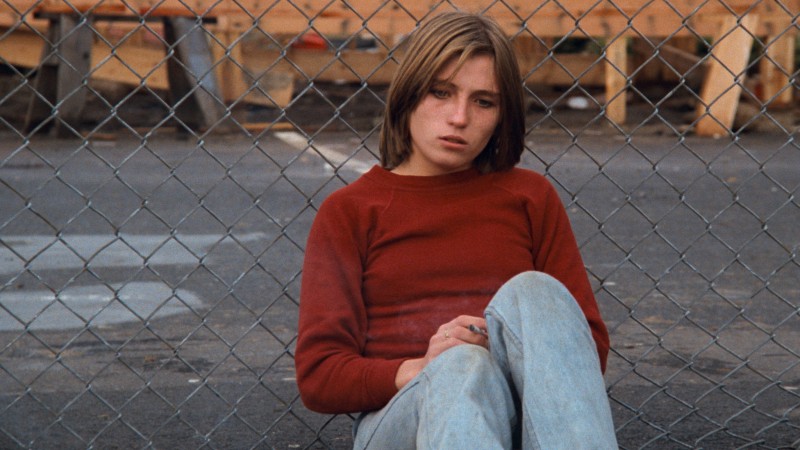
SN – What extra materials will appear on the DVD release?
JAS – We’re still working on that. There’s an amazing interview that Tony Watts did with Hopper at around the time we released the movie that we’re hoping to include, we did include it on the original DVD release back in 2000. Also, back when we did the original DVD release, Hopper, producer Paul Lewis, and I did a commentary that we’ll be able to use. We’ll have the original trailer, which we’ve done a restoration version of and we’ll have a new trailer, and the Jack Nicholson radio spot. The star of the discs will be Out of the Blue as, I think, Hopper would have loved it to have been seen. When I was doing the restoration, I really tried to channel Dennis, and I felt confident in doing that because when we did the original digital releases, while Dennis was still alive, he always just said “You know the movie, you love the movie, I trust you”, so that meant a lot to me.
SN – Not only does May 2020 mark 40 years since the release of Out of the Blue, but 10 years since Dennis Hopper passed away. What legacy do you think Hopper has left on American culture?
JAS – The legacy that Dennis Hopper has left on the culture is an interesting one. He was always so kind to me in saying that I was the guy who resurrected his career as a director, because Sean Penn saw Out of the Blue in Los Angeles back in 1983 and that was the basis that Dennis was hired to direct Colors in 1988. He also made a good movie called The Hot Spot (1990), but it’s not really a personal movie, the three really personal movies are Easy Rider, The Last Movie, and Out of the Blue, which I think is the best of the three as a work of art. I think Dennis came around to that viewpoint, even though he made it under such rigorous circumstances, rewriting the script in a weekend, completely changing it, shooting in four weeks, editing in six, and I think the pressure of that made it very like Dennis, very instinctual.
I think his legacy is from the movies he did as an actor and from the spirit of rebellion that he represented. Back when I was a journalist in New Orleans, I had the soundtrack for The American Dreamer, long before I met him and I remember this quote from it saying “I made Easy Rider sleeping on a mattress, I can always go back to doing that. I’m not going to sell-out to Hollywood.” Dennis had so much integrity as an artist. He shot Out of the Blue in long takes so that no one could fuck with it, no one could go to the coverage, and change it, change his movie the way they changed his friend Orson Welles’s Touch of Evil (1958) or Magnificent Ambersons (1942), where they ruined his long shots. And if you watch Out of the Blue, he really managed to make a movie that stands up to today as bleak and nihilistic, but so honest and raw in its performances, and like John Cassavetes, I think he represents the spirit of something I love in American movies, and in Out of the Blue he traced the decline of 1960s and 1970s idealism to the nihilism and decadence of the 1980s.
Some people call Out of the Blue the sequel to Easy Rider and I think you have to look at it that way, as a kind of commentary on it. For me, I just remember how intensely interested in human nature and the nature of art, Dennis was. He called his movies time capsules, and they really are, but because they are such admirable artifacts of their era, they also speak to all times and all cultures and all generations.
John Alan Simon is pictured at the top of this article. The other two images are stills from ‘Out of the Blue’.
